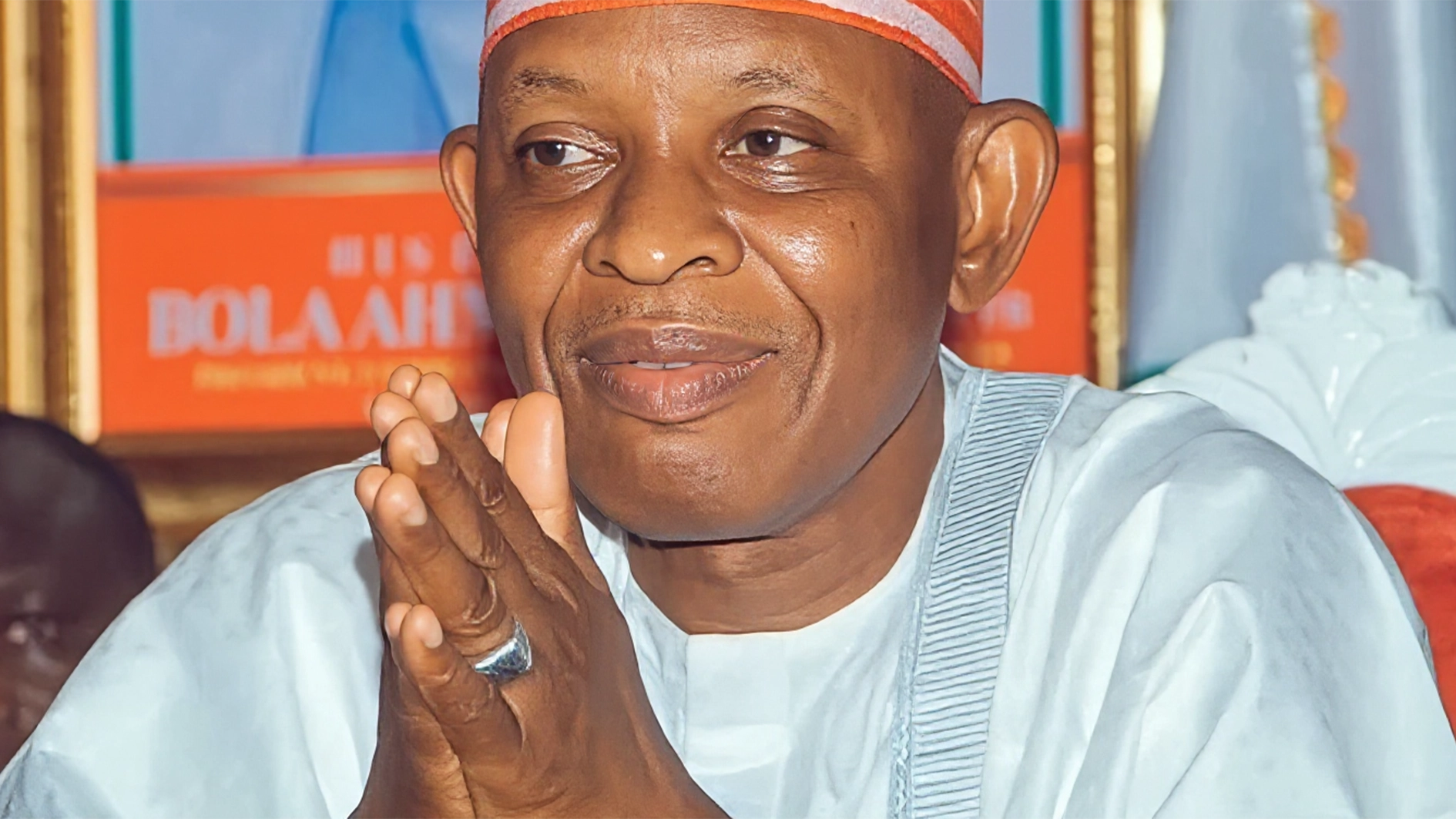
The global order has undergone various phases, with the United States frequently occupying the central role. Transitioning from a bipolar world to a unipolar world, we now find ourselves in a multipolar world, or multipolarity, in which the U.S. is adapting to this change.
At this critical moment, it is essential to clarify the concept of multipolarity. Multipolarity refers to a power distribution where multiple nations hold comparable levels of power and influence. A multipolar system does not necessitate three powers of identical strength; it simply means that significant power is shared among more than two nations.
Currently, the multipolar international system is primarily dominated by the U.S., China, and Russia. Various medium and smaller nations align themselves with these three powers to advance their national interests and foreign policy goals, whether in politics, security, technological advancement, or socio-economic growth.
It is essential to explore the historical context of the global order. In 1945, the United Nations was established following the dissolution of the League of Nations. During this time, the global order shifted to a bipolar structure, with power largely divided between two nations: the United States and the Soviet Union (USSR).
It is crucial to note that Russia was the largest constituent of the Soviet Union. Throughout this bipolar era, the United States implemented a containment strategy aimed at limiting the spread of communism through initiatives like the Truman Doctrine, the Marshall Plan, and various military alliances, while also participating in proxy wars and a nuclear arms competition with the Soviet Union.
The negative impacts of proxy wars caused civil wars, political unrest, and division within and among states, which were experienced globally. Countries affected included Angola and the Democratic Republic of Congo, along with the apartheid period in South Africa, and in Vietnam, Korea, and even in China.
The impacts of the bipolar world can also be seen in South America and the Caribbean. The Cuban missile crisis of 1962 was averted through diplomacy, negotiation, and dialogue. The Soviet Union fell apart in 1989, leading to a Unipolar global order in which the United States emerged as the dominant global power overseeing most international activities. During this time, the United States had to adapt and reorient both its domestic and foreign policies to fit the unipolar system after the bipolar era.
READ MORE: Making oil subsidy removal a functional policy for a functioning Nigeria
Although numerous scholars have critiqued the United States’ leadership and actions within the unipolar world, these criticisms often depend on one’s geographical perspective, particularly whether one comes from the Global South or North.
A notable example reflecting the U.S.’s position in the unipolar world is Iraq in 1990 and 2003. In 1990, Iraq, led by Saddam Hussein, invaded Kuwait, a neighboring sovereign nation. The United States spearheaded a coalition of countries to expel Saddam’s troops from Kuwait in an effort to restore peace and stability in the area. Some view the U.S.’s role in this unipolar era positively.
Conversely, in 2003, the United States, under President George W. Bush, invaded Iraq based on the belief that Saddam Hussein possessed weapons of mass destruction (WMD). It was subsequently revealed that there were no WMDs in Iraq following the military action. This perspective leads some to regard the U.S.’s leadership in the unipolar world negatively due to this foreign policy blunder. Josep Borrell (2021), the former Vice President of the European Commission, observes that the shift from a unipolar to a multipolar global order occurred after the Global Financial Crisis in 2008. However, I believe that multipolarity truly began on August 18, 2010, when the last U.S. combat troops left Iraq, two weeks ahead of schedule. This date marked the official acknowledgment of the failure of U.S. foreign policy and the culmination of a global order that was already being established prior to August 2010.
The United States, China and Russia have emerged as powerful states that others must align with in today’s multipolar world. The United States is currently modifying its domestic and foreign policies to adapt to the existing global order, characterized by multipolarity. It would be unreasonable for any individual or state within the international arena to expect that the U.S. will maintain unipolar policies in a multipolar context.
The U.S. did not embrace a bipolar approach during the unipolar era, so it is logical to anticipate that its unipolar policies will shift in a multipolar landscape. The repercussions of the U.S. adjustment are now being felt by the United Nations, U.S. allies – including Western European nations – and the broader international system, as evidenced by trade wars, tax reciprocity measures, renegotiations on U.S. security agreements with allied states, and changes to immigration policy.

Abiodun Ramon Oseni, a former U.S. police officer, U.S Army veteran, who specializes in international security at Harvard University, and American Military University, wrote via [email protected]






